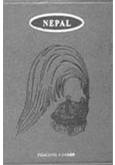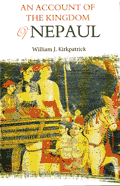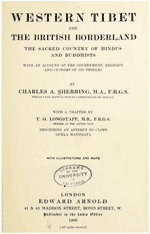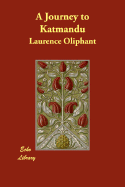A book entitled Chakrabyuha ma Chandra Surya: Rastriya Surakshya ra Swadhinata ka Chunautiharu [The Sun and the Moon Caught in Chakrabyuha: Challenges of National Security and Independence], which was released in Kathmandu on 30th November 2012, has become the talk of the town for its candid analysis of modern Nepal and its plight.
Written by Saroj Raj Adhikari, a journalist working with Kantipur Daily, ‘Chandra Surya’ is the shorthand expression for the mighty historical Nepal which has now been caught in what is described as ‘Chakrabhyuh’ – a multi-tier military formation (also known as “Padmabyuha” in the Mahabharat epic). The strategy was used in the epic battle of Kurukshetra by Guru Dronacharya, who became commander-in-chief of the Kaurava army after the fall of Bhishma Pitamaha, to trap the adversary into it.
The author deals with three main issues in the book. Firstly, he describes the series of international crimes that Nepal has witnessed in its land over the last few years. They include the assassination of Mirja Dilshad Beg, Kamal Singh Nepali, Majid Manihar, Shaukat Beg, Jamim Shah and Faijan Ahmed and attempted murder of Yunus Ansari. The author states that they were all killed with the involvement of external actors. He believes that the former Crown Prince Paras could also be the next target. Secondly, the issue of crumbling national security and excruciating geo-politics that Nepal is struggling with has also been described at length in the book. It tries to unearth harsh realities of modern Nepal , its pre-planned political changes, the structural anomalies, the problems of decision-making, and the national stakes that are being ignored by the government. The third part of the book analyses what Adhikari believes as the search for the Nepalese version of ‘Lhendup Dorjee’ – the Sikkim politician who played a historic role in his country’s accession to the Indian Union. All these chapters are interrelated in their approach and conclusion in that Nepal is in crisis and the reason is mainly conspiratorial and external.
Written in journalistic style, Adhikari quickly puts the main points in each of his chapters in the first couple of sentences of the first paragraph. He is always clear, to the point, and unbiased. In a language that will have far reaching impact on the citizenry, the author has expressed his view on national security and issues that have been created over it in recent years. It is the study of the threat, use, and control of Nepal . In the preface to the book, Adhikari makes it clear that the main part of the book is concerned with national security issues. This is precisely the reason that the indivisibility of the country, its sovereignty, and independence are inseparably linked in his analysis of national security and the geo-political issues which come to be linked up. The book is full of references that show how India and China are linked with the political course in Nepal .
Even though Adhikari has covered wide-ranging issues of modern Nepal , he does not write on the Constituent Assembly and its demise in the framework that he has developed for this book. For the issues that it has covered, this is a book that all the politicians and anybody who has interest in contemporary security issues must read.





